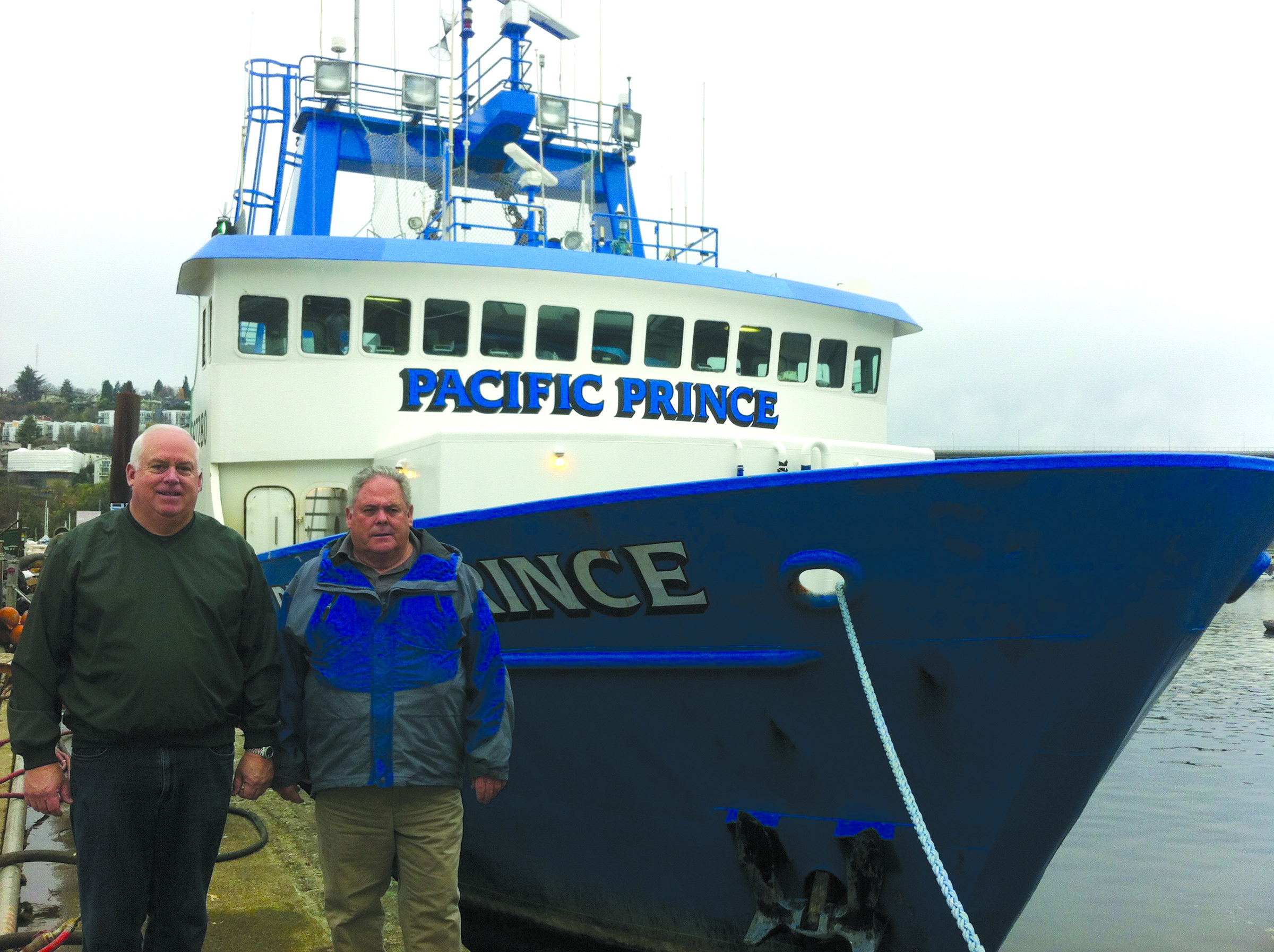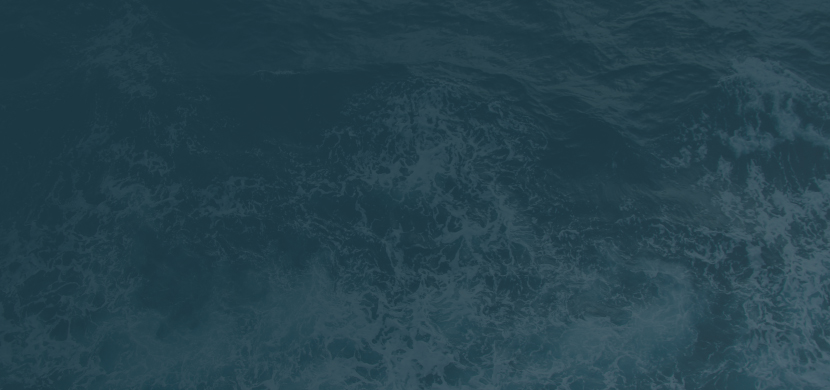January 21, 2021
Ask a Highliner: Bob Dooley talks fishing, bycatch reduction, safety and more

Bob Dooley (left) and his late brother and lifelong business partner, John, with the Pacific Prince, one of many boats they owned together. Vito Vanoni photo

You've caught the limit!
Free membership gives you access to:
- Unrestricted access to all NationalFisherman.com articles.
- Receive in-depth reports and research on various topics related to the fishing industry.
- Up-to-date news updates from the fishing industry delivered directly to your inbox twice a week.






